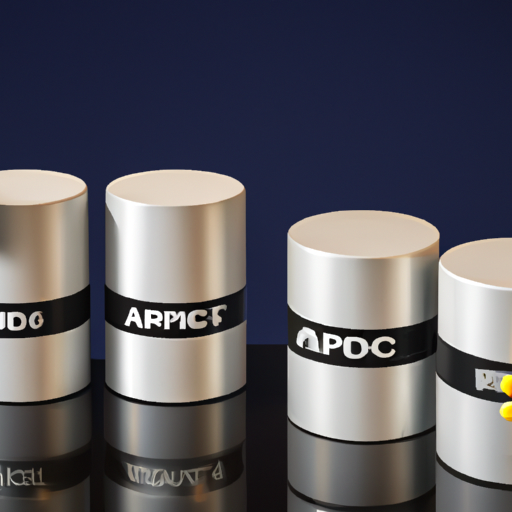Application Development in Aluminum Electrolytic Capacitors for CFR-50JB-52-1R1: Key Technologies and Success Stories
Aluminum electrolytic capacitors, such as the CFR-50JB-52-1R1, are integral components in a multitude of electronic applications due to their high capacitance values, cost-effectiveness, and versatility. The development and application of these capacitors are driven by several key technologies and methodologies that enhance their performance, reliability, and applicability across various industries. Below, we explore these key technologies and highlight notable success stories.
Key Technologies
| 1. Electrolyte Formulation | |
| 2. Anodization Techniques | |
| 3. Foil Technology | |
| 4. Construction and Packaging Innovations | |
| 5. Simulation and Modeling | |
| 6. Quality Control and Testing | |
| 1. Consumer Electronics | |
| 2. Automotive Applications | |
| 3. Renewable Energy Systems | |
| 4. Industrial Automation | |
| 5. Telecommunications | |
Success Stories
Conclusion

The development of aluminum electrolytic capacitors like the CFR-50JB-52-1R1 is characterized by a combination of advanced materials, innovative manufacturing processes, and stringent testing protocols. As technology continues to evolve, these capacitors will play an increasingly vital role in a diverse array of applications, from consumer electronics to renewable energy systems. The success stories across various industries underscore the versatility and reliability of aluminum electrolytic capacitors, solidifying their status as essential components in modern electronic design.
Application Development in Aluminum Electrolytic Capacitors for CFR-50JB-52-1R1: Key Technologies and Success Stories
Aluminum electrolytic capacitors, such as the CFR-50JB-52-1R1, are integral components in a multitude of electronic applications due to their high capacitance values, cost-effectiveness, and versatility. The development and application of these capacitors are driven by several key technologies and methodologies that enhance their performance, reliability, and applicability across various industries. Below, we explore these key technologies and highlight notable success stories.
Key Technologies
| 1. Electrolyte Formulation | |
| 2. Anodization Techniques | |
| 3. Foil Technology | |
| 4. Construction and Packaging Innovations | |
| 5. Simulation and Modeling | |
| 6. Quality Control and Testing | |
| 1. Consumer Electronics | |
| 2. Automotive Applications | |
| 3. Renewable Energy Systems | |
| 4. Industrial Automation | |
| 5. Telecommunications | |
Success Stories
Conclusion

The development of aluminum electrolytic capacitors like the CFR-50JB-52-1R1 is characterized by a combination of advanced materials, innovative manufacturing processes, and stringent testing protocols. As technology continues to evolve, these capacitors will play an increasingly vital role in a diverse array of applications, from consumer electronics to renewable energy systems. The success stories across various industries underscore the versatility and reliability of aluminum electrolytic capacitors, solidifying their status as essential components in modern electronic design.






